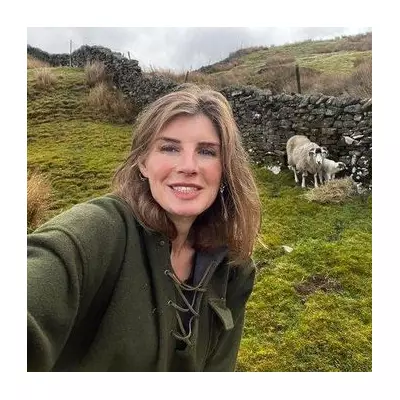
In a surprising twist that's set to transform British gardening habits, Gardeners' World presenter Joe Swift has championed a radical approach to lawn care that involves doing significantly less work. The celebrated horticulturist suggests that embracing a more relaxed attitude towards mowing could be the key to creating stunning, ecologically rich outdoor spaces.
The 'Less is More' Gardening Philosophy
Speaking with refreshing honesty, Swift confessed his own gardening evolution, admitting he no longer strives for the pristine, manicured lawns that once defined British garden perfection. "I've got to be honest, I don't really do lawns anymore," the gardening guru revealed, advocating instead for a more natural approach that benefits both gardeners and local ecosystems.
Why Your Mower Might Be Your Garden's Worst Enemy
Swift's advice comes as part of a growing movement challenging conventional gardening wisdom. The traditional closely-cropped lawn, he suggests, not only demands constant maintenance but also creates an ecological desert that offers little to local wildlife.
"I let the grass grow long and then just mow paths through it," Swift explained, describing a method that creates visual interest while supporting biodiversity. This approach allows native plants like clover, daisies, and buttercups to flourish, providing vital nectar sources for bees and other pollinators.
The Environmental Benefits of Lazy Gardening
- Increased biodiversity: Longer grass supports insects, which in turn feed birds and other wildlife
- Better drought resistance: Longer grass shades the soil, reducing water evaporation
- Reduced chemical use: Diverse lawns are naturally more resistant to pests and diseases
- Carbon sequestration: Established grassland acts as a carbon sink
Making the Switch: Practical Tips for Transitioning
For gardeners intrigued by this low-maintenance approach but unsure where to begin, Swift offers practical advice. The key is gradual transition rather than immediate abandonment of all mowing duties.
- Start by reducing mowing frequency to every three or four weeks
- Create intentional pathways and clearings to maintain structure
- Incorporate flowering bulbs that naturalise in longer grass
- Consider designated "tidy" areas near the house while letting other sections go wild
Joining a Growing Movement
Swift's advice aligns perfectly with initiatives like Plantlife's "No Mow May," which encourages gardeners to put away their mowers for the month to allow spring flowers to bloom. The campaign has demonstrated remarkable results, with participants discovering an average of 250 different plant species in their previously close-mown lawns.
This shift in gardening philosophy represents more than just a time-saving measure—it's part of a broader recognition that our outdoor spaces can play a crucial role in supporting local ecosystems. As Swift demonstrates, sometimes the most beautiful gardens are those where nature takes the lead.
Whether you have acres of land or a modest backyard, embracing this relaxed approach could transform not just your garden, but your relationship with gardening itself—proving that sometimes, the greenest thumb is the one that does the least work.





